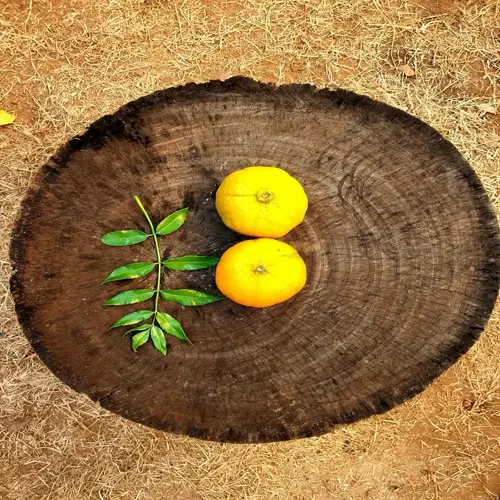What signs indicate incorrect spacing?

Written by
Michael Sullivan
Reviewed by
Prof. Samuel Fitzgerald, Ph.D.Recognizing improper spacing is necessary to avoid serious cultivation difficulties in pepper plants. The first signs of their development are yellow leaves and stunted growth. I have saved many crops by detecting these early signs. Proper spacing will provide the plants with sufficient light, air, and nutrients, enabling them to develop properly.
Yellow leaves below indicate shading problems caused by too many plants. The sun is blocked by upper foliage. Air cannot circulate properly, and powdery mildew appears as white patches. Too many plants aggravate the situation. I visit my peppers weekly, checking for their ailments.
Light Deficiency Solutions
- Prune non-productive lower branches
- Stagger plant heights in rows
- Use reflective mulch to bounce light
Disease Management
- Apply neem oil at first mildew sign
- Increase spacing immediately
- Water at soil level only
Nutrient Recovery
- Apply liquid seaweed fertilizer
- Add worm castings around roots
- Test soil pH monthly
Heat stress will be evidenced by blossom drop and leaf curl. Peppers that are too close together create heat pockets. In my Arizona garden, I allow an extra 4" between the plants in periods of heat. This simple change has completely stopped blossom drop.
Problems with the roots show as stunted growth. Dig carefully around the base of the plants to see how far the roots go. If the roots are entangled, immediate correction in spacing is needed. I transplant the extra plants to other places with the spaces properly arranged. Water wells are deep after plants are moved.
Avoid spacing issues pre-planting. Measure distance with a marked string. Mark locations with biodegradable paint. I create spacing templates from cardboard, allowing for uniform spacing every time. These tools are worth their weight in saving seasons of headaches.
Read the full article: Pepper Plant Spacing Simplified

